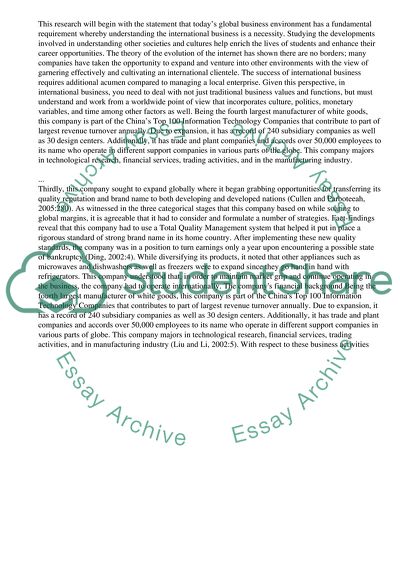Cite this document
(“International Dimension of Business Essay Example | Topics and Well Written Essays - 3000 words”, n.d.)
Retrieved from https://studentshare.org/business/1398432-international-dimension-of-business
Retrieved from https://studentshare.org/business/1398432-international-dimension-of-business
(International Dimension of Business Essay Example | Topics and Well Written Essays - 3000 Words)
https://studentshare.org/business/1398432-international-dimension-of-business.
https://studentshare.org/business/1398432-international-dimension-of-business.
“International Dimension of Business Essay Example | Topics and Well Written Essays - 3000 Words”, n.d. https://studentshare.org/business/1398432-international-dimension-of-business.


